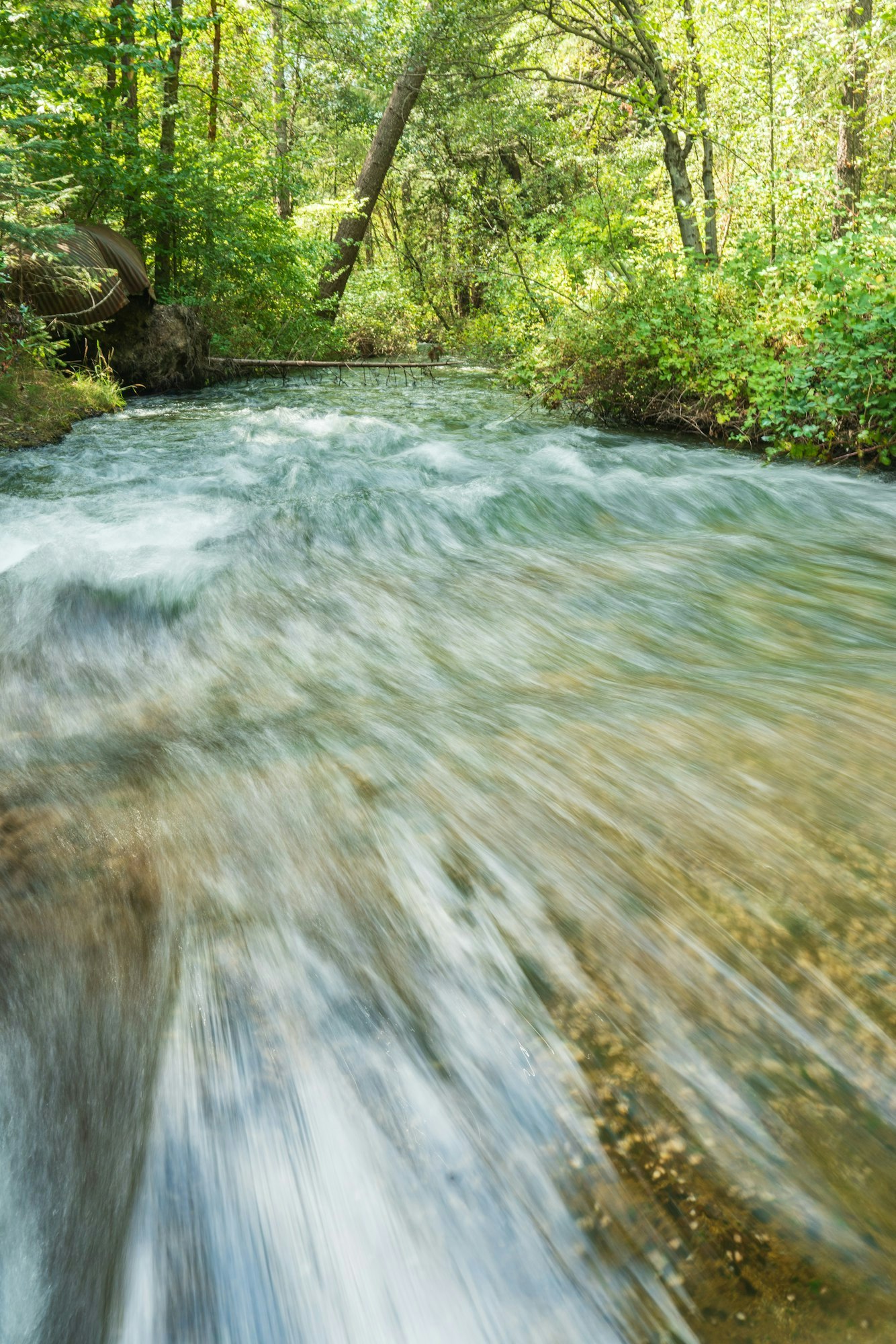Water Quality
Water Provided by NID Consistently Meets and Exceeds Water Quality Standards

Drinking water supplied to Nevada Irrigation District (NID) customers continues to meet and exceed state and federal public health standards, based on testing results that serve as the basis for the District's Water Quality Report.
The report, also known as the Consumer Confidence Report, summarizes NID’s water quality monitoring and testing programs for each calendar year. The information focuses on water supplied through the Elizabeth L. George, Loma Rica, Lake Wildwood, Lake of The Pines, North Auburn water treatment plants.
View the most recent Water Quality Reports:
Lead and Copper
Overview: Compliance with EPA's Lead & Copper Rule Revisions

The U.S. Environmental Protection Agency (EPA) recently revised the Lead and Copper Rule (LCR) to strengthen protections against lead exposure in drinking water. In California, this means public water systems are updating their practices to meet more stringent standards.
For Nevada Irrigation District (NID), compliance with the revised LCR required creating an inventory database of water service line materials throughout the District. The information contained in this database is now accessible online, promoting transparency and compliance with the EPA’s updated standards. This initiative aims to safeguard public health by identifying and addressing any potential lead-related risks in the District's water supply.
Water Service Lines & Lead
Water service lines are the pipes and joints (also known as "fittings") that connect the plumbing in your home to the water main under the street. Service lines that contain lead are called lead service lines. The Nevada Irrigation District is required to replace lead service lines that they own (i.e., the section that runs from the water main to your water meter) over the next ten years. Water utilities are not responsible for replacing private service lines owned by the homeowner or customers served by private wells.

Water Service Line Inventory Database
NID has completed an inventory of all utility-owned service lines and is happy to report that no lead service lines were found. NID has not yet verified the customer-owned portion of each service line but will continue to investigate over the next year.
For the lastest information and to search NID's service line inventory online, please click the link below:
NID's Service Line Inventory
Why is this important?
Lead is a toxic metal that has been used in many products over time. Lead can get into drinking water when a lead service line is removed, replaced, or corrodes. Lead exposure can pose serious risks in young children such as impaired brain development, lower IQs, and affect learning and behavior. Children under six are at higher risk because their bodies are growing rapidly.
Lead and Copper Resources
- How can I learn if my service line or tap water has lead?
- What can I do now to keep my family safe?
- Where can I get more information?
- Basic Information from the Environmental Protection Agency about lead in drinking water.
Watershed Sanitary Survey

NID vows to continually provide safe drinking water. One aspect of that is to identify any deficiencies that may adversely impact the District’s water system.
The Yuba/Bear River Watershed Sanitary Survey identifies activities within the watershed that have a potential to adversely affect source water quality. These include activities located near water treatment plants or that are predominant in the watershed.
While the source water originating from the Yuba/Bear River systems continues to be of high quality, the 2021 Watershed Sanitary Survey update provides several localized efforts that will help to further enhance and protect source water supplies for the future.
View the 2021 Watershed Sanitary Survey here.
